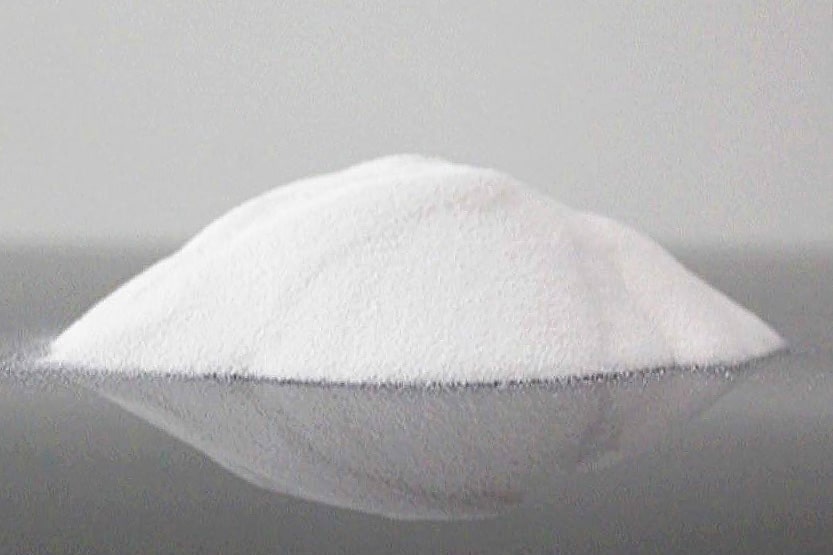WELCOME TO CALL US +86 18122974730 Email:admin@mingruiceramic.com
The research on the toughening of phase change ceramics based on the relevant properties of zirconia has attracted much attention since Garvie et al. published the article “Ceramic Steel” in the journal Nature in 1975.
The research on the toughening of phase change ceramics based on the relevant properties of zirconia has attracted much attention since Garvie et al. published the article “Ceramic Steel” in the journal Nature in 1975.
Since then, the zirconia has been dispersed in the matrix of various ceramic materials for experiments, and high-performance ceramic materials have been prepared one after another. The most classic result is the infusion of zirconia into alumina ceramics, and the prepared zirconia toughened Alumina (ZTA) ceramics.

1. The performance characteristics of ZTA ceramics and the correlation between performance and alumina powder
ZTA ceramics are a kind of complex phase ceramics with excellent chemical stability, thermal stability, and high strength, but the reliability is low, the production cost is high, and the application is limited.
The flexural performance and fracture toughness of ZTA ceramics is related to the particle size of the alumina powder in it, and its sinterability increases with the decrease of the alumina particles used.
Experiments have shown that ZTA made of sub-micron alumina produced by mechanical grinding has good mechanical properties when sintered at 1500℃. Its flexural strength reaches 720Mpa and fracture toughness reaches 6.86MPa·m1/2, and its performance is better. Alumina composite ZTA ceramic prepared by chemical method.
However, it is not that the finer the particles, the better the mechanical properties of ZTA, it is also related to the sintering temperature. Under the same temperature sintering conditions, too large alumina crystal grains will also inhibit the phase transformation of zirconia and affect the performance of the final ZTA ceramics.
2. Preparation processes of ZTA composite powder
The preparation technology of ZTA composite powder includes mixing method, precipitation method, and precipitation coating method. However, the problems of agglomeration of ultrafine powder and uneven dispersion of ZrO2 in the matrix have always been difficult points in process control.
In recent years, researchers have made many new process improvements based on the original method.
Mechanical mixing method: the powders that make up the composite powder are mixed, ball-milled, and then sintered. This method is straightforward and simple, but it cannot guarantee the uniform dispersion of multiphase components. Experiments have found that if the ceramic material prepared by the composite powder prepared by this method is not uniformly mixed, it is easy to have a higher porosity, which will reduce the mechanical properties of the material.
Multiphase suspension mixing method: by adding a dispersant and adjusting the pH value, firstly prepare a single-phase stable suspension with fully dispersed components and then find out the mixing and suspension conditions under which the particles of each phase can be uniformly and well dispersed. Single-phase suspension is mixed, and then a uniformly mixed powder can be prepared by finding common flocculation conditions.
Sol-suspension mixing method: Because the suspension of nano-sol is not affected by the pH value of the liquid, it greatly facilitates the uniform mixing with other suspensions. When the solid content of the two liquids is high, it can be stirred, heated, or Airflow drying to obtain high-mixed nano-composite ceramics.
Sol-gel method: It is a method of converting metal oxide or hydroxide sol into the gel, and then drying and calcining the gel to prepare oxide. This method is suitable for preparing uniformly mixed nanopowders.
3. Direction of its application
Alumina has high hardness and zirconia has good toughness. ZTA ceramics is a high-strength and high-toughness composite made of two materials. It provides excellent physical and chemical properties and can be used in a variety of industrial applications.
It can be applied to the production of ceramic knives.
Used in structure, insulation, and wear resistance.
It is used to make the interface structure of engineering ceramics to extend the service life of engineering materials.
Relying on the excellent biocompatibility of alumina ceramic materials, it can be made into biomedical materials, which can be used in the reconstruction and repair of body hard tissues (such as teeth).